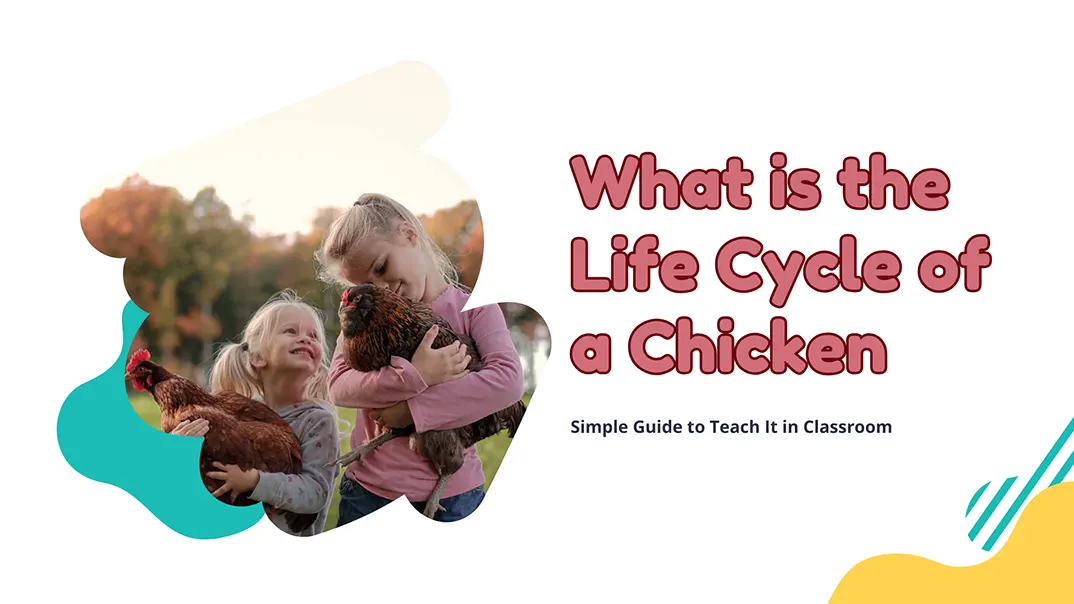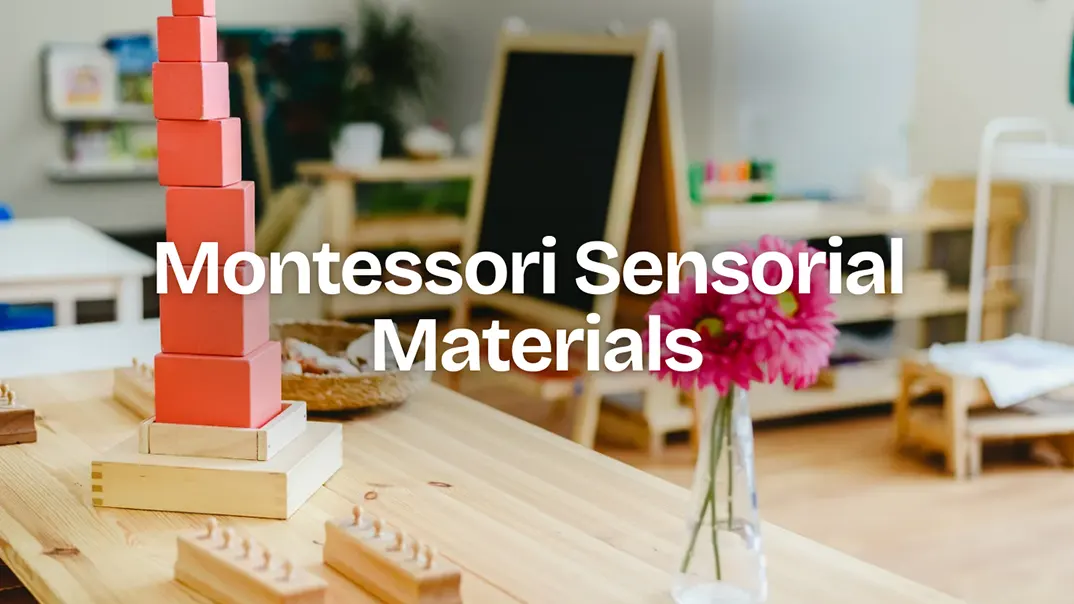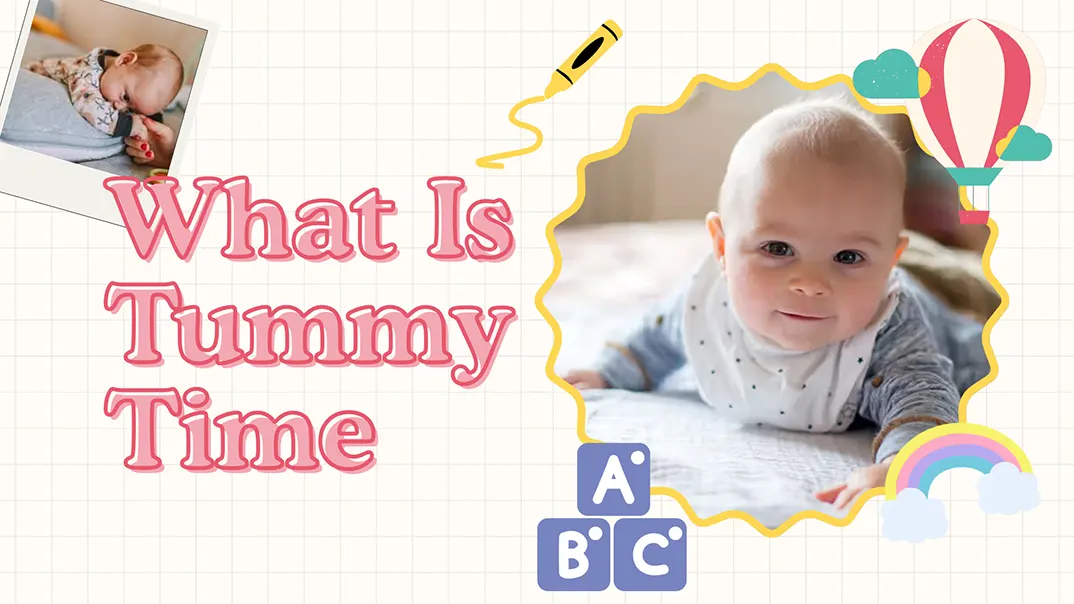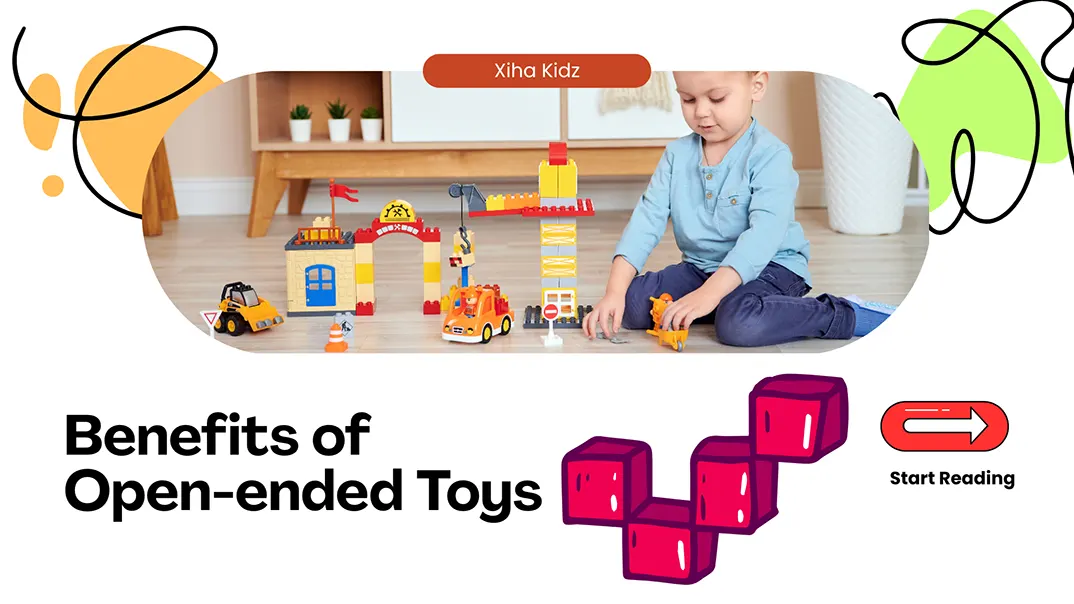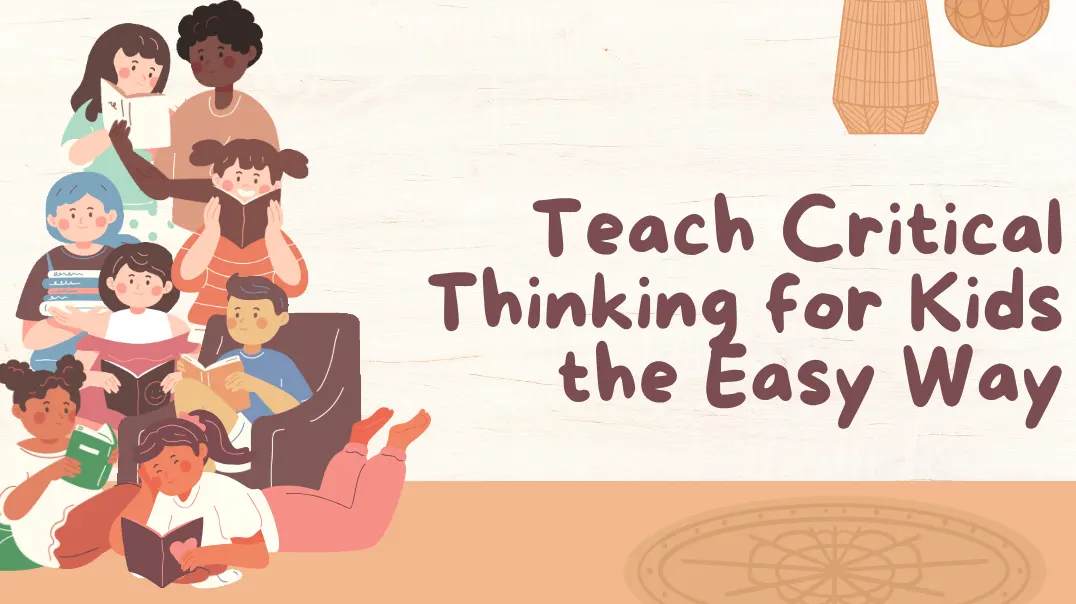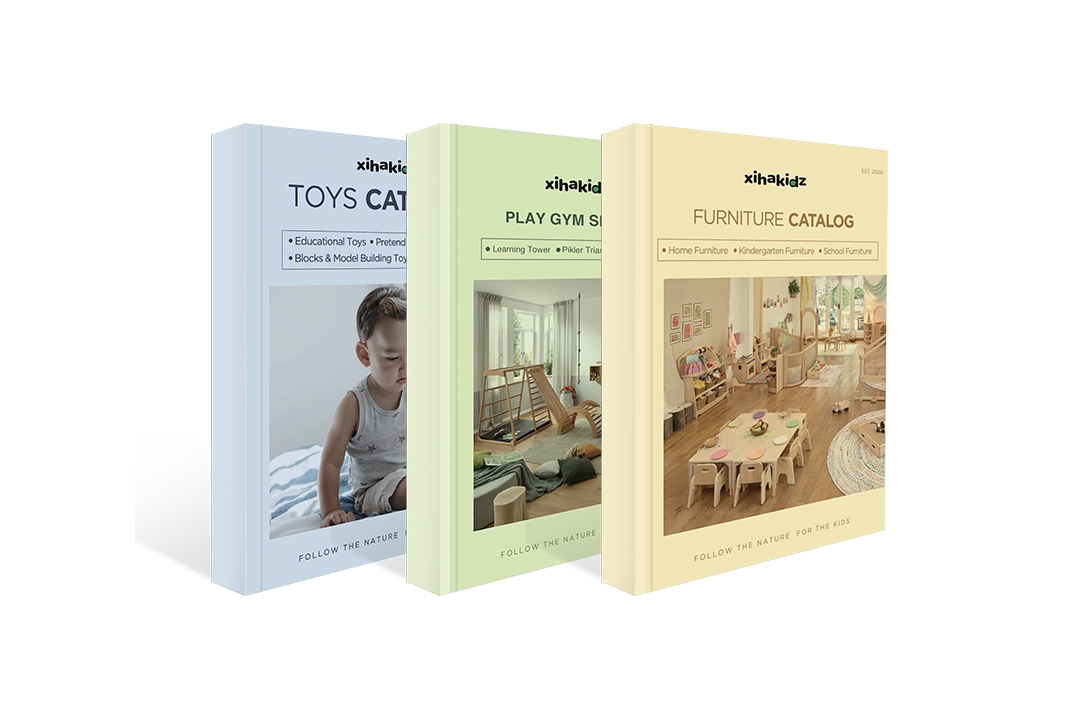What exactly are long vs short vowels? Why do children often confuse them? Are they essential in early literacy? How can we, as educators or parents, help young learners hear and pronounce them correctly? And what happens if kids skip this foundational step in language development?
Long vs short vowels are essential building blocks of reading. When children learn to distinguish them early, they build stronger phonemic awareness, better decoding skills, and smoother reading fluency. This skill lays the groundwork for future spelling and vocabulary development. Without this foundation, many children struggle with reading confidence and comprehension.
Understanding long vs short vowels is more than a phonics lesson—it’s a vital literacy milestone. In this article, I’ll show you how we use Montessori-inspired techniques and classroom-tested tools to teach this skill effectively in early education settings. Let’s dive into how this simple concept can unlock reading success.
What Are Long vs Short Vowels?
Understanding the difference between long vs short vowels is one of the first significant steps a child takes toward reading fluently. But what exactly are long and short vowels? And how can educators, parents, and even classroom environments help children master these sounds in a meaningful way?
In simple terms, short vowels are the vowel sounds heard in words like cat, bed, pig, top, and cup. These are quick, clipped sounds that don’t sound like the name of the letter itself. On the other hand, long vowels are the sounds where the vowel says its name, as in cake, feet, bike, boat, and cube. The main difference is in how the vowel is pronounced, and this minor distinction plays a significant role in phonics, spelling, and reading.
Why is this difference so significant? Because many words in English are only a vowel sound apart. If a child misreads the vowel, the word becomes something completely different, which can affect comprehension. For example, reading “bit” instead of “bite” or “mad” instead of “made” can change the meaning of a sentence entirely. That’s why understanding long vs short vowels is foundational for reading development.
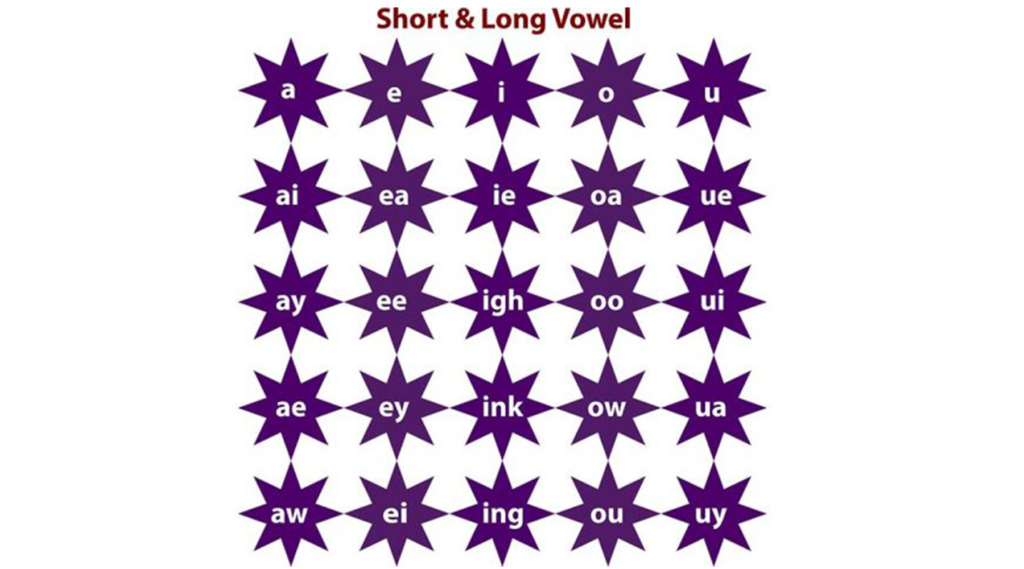
Try saying each of the vowels out loud. Notice the shape and feel of your mouth as you pronounce each sound:
- /a/ as in: at
- /e/ as in: ed
- /i/ as in: it
- /o/ as in: ox
- /u/ as in: up
The other sound each vowel makes is its long vowel sound. Folks often describe long vowel sounds as the ones that “say their name.” Here are some examples of words with long vowel sounds:
- /ā/ as in: paper
- /ē/ as in: be
- /ī/ as in: item
- /ō/ as in: cold
- /ū/ as in: unit
In éducation de la petite enfance—especially in Montessori and phonics-based classrooms—teachers often use visual aids, manipulatives, and sound games to help children differentiate long vs short vowels sounds. For example, vowel sorting games, picture cards, and sound boxes make learning fun and tactile. These methods help children hear the vowel differences clearly and recognize common spelling patterns, such as silent-e or vowel teams like ai or ee.
In conclusion, the difference between long and short vowels is more than just a grammar rule—it’s a key part of a child’s reading journey. When children master this concept early, they unlock the ability to decode words accurately, read fluently, and build confidence as young readers. Whether you’re a teacher, school owner, or parent, understanding and teaching long vs short vowels the right way sets a robust foundation for lifelong literacy.
Transformez votre salle de classe avec des solutions de mobilier personnalisées
Why do Long vs Short Vowels Sounds Matter?
In early childhood literacy, understanding the difference between long vs short vowels sounds is more than just a phonics milestone. It forms the foundation for a child’s ability to decode, spell, and communicate clearly. When children struggle to distinguish between long vowel vs short vowel sounds, it can have ripple effects across reading comprehension, writing accuracy, and even speech clarity. Below, we explore the key reasons why mastering short vs long vowels is essential in any early learning curriculum.
Accuracy in Pronunciation
Developing Clear Sound Recognition
One of the first and most critical reasons to teach long vs short vowels sounds is to ensure accuracy in pronunciation. In English, many words differ only in their vowel sounds. Consider pairs like bit and bite, hop and hope, or mad and made. The vowel is the only thing changing, but the meaning shifts entirely. If a child confuses these, they may say the wrong word without realizing it, leading to confusion for the listener and frustration for the speaker.
Avoiding Common Miscommunication
For example, a child who reads cap as cape might not only misread the word but also misunderstand the sentence. In speech, this can lead to embarrassing or confusing moments. For children who are non-native English speakers or who are working on speech development, this accuracy becomes even more crucial. Proper training in short vs long vowels helps avoid these pitfalls and empowers students to speak clearly and confidently.

Fluency and Flow
Building Smooth Reading Ability
Fluency in reading depends on a child’s ability to recognize patterns quickly. If students constantly pause to figure out vowel sounds, their reading becomes choppy and slow. This breaks the flow of language and makes reading laborious instead of enjoyable. Mastery of long vowel vs short vowel sounds gives children the ability to read with rhythm and expression, making the process more natural and automatic.
Enhancing Reading Comprehension
When reading becomes fluent, comprehension naturally improves. Children are no longer spending all their mental energy decoding each word. Instead, they can focus on meaning—understanding what they’re reading. Many studies confirm that phonemic awareness, especially involving short vs long vowels, is directly linked to better comprehension outcomes in both fiction and informational texts.
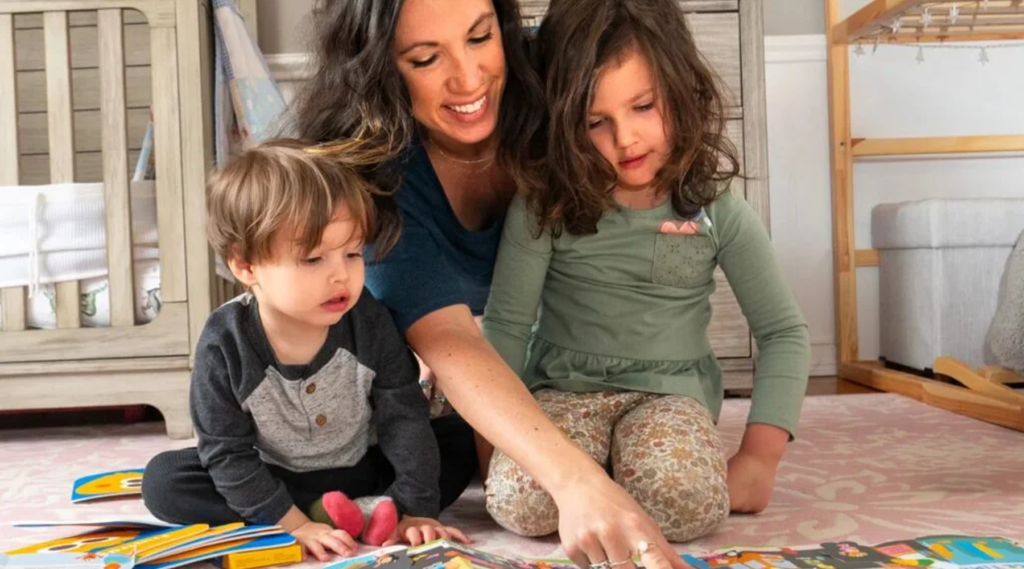
Accent Reduction
Improving Speech for English Language Learners
Children and even adults learning English as a second language often struggle with short vs long vowels because these distinctions may not exist in their native language. For example, in Mandarin or Spanish, the concept of bit vs beet may be unfamiliar. This makes long vs short vowels instruction especially vital in ESL programs.
Achieving Clearer, More Native-Like Speech
Focused training in vowel contrast helps learners achieve clearer pronunciation, making their English more comprehensible to native speakers. This is particularly important for bilingual learners entering English-speaking school systems. Teachers using Montessori or Reggio-based methods often integrate vowel sound exercises into daily routines using props, songs, and word-matching games.
Long-Term Academic Impact
Proper pronunciation doesn’t just improve conversation—it affects academic performance too. Poor understanding of long vowel vs short vowel sounds can lead to spelling errors, failed reading assessments, and reduced confidence. ESL learners who master these distinctions tend to perform better across subjects because language is the medium of instruction in almost every academic area.

When Should Kids Start Learning About Long And Short Vowels?
Understanding long vs short vowel sounds is a key step in early literacy development, but timing matters. So, when is the right age to begin teaching vowel sounds to children?
Most children can start learning short vs long vowels between the ages of 4 and 6, depending on their language exposure and phonemic awareness. Typically, educators and parents should introduce short vowel sounds first, especially in the context of simple CVC (consonant-vowel-consonant) words like cat, bed, pig, and cup. These are easier for young learners to recognize and pronounce, forming the foundation of decoding skills.
Once children are confident with short vowels, usually around age 5 or 6, it’s appropriate to introduce long vowel vs short vowel contrasts. At this stage, they can begin to understand how spelling patterns affect pronunciation—for example, how adding a silent e turns cap into cape, changing the vowel sound from short to long. Montessori and Reggio-inspired classrooms often use hands-on tools like movable alphabets, vowel picture cards, and sorting games to make these abstract sound rules concrete and engaging.
Teaching long vs short vowel sounds early—when done developmentally and gradually—can help prevent reading struggles later on. It builds phonemic awareness, improves spelling, and enhances early reading fluency. By integrating structured phonics instruction with playful learning, educators and parents can make vowel learning both effective and fun.
Découvrez notre gamme complète de produits
Accédez à notre catalogue complet comprenant des meubles et des équipements de jeu de qualité supérieure pour les jardins d'enfants et les écoles.
How to Teach Kids Long vs Short Vowels?
Teaching long vs short vowels is one of the most important steps in building early reading skills. Yet, it’s often misunderstood or taught too quickly, leaving children confused and discouraged. For young learners, especially those in preschool or early elementary classrooms, the way we present vowel sounds must be clear, repetitive, multisensory, and developmentally appropriate. Below are effective strategies we use in Montessori-based environments to help children grasp the distinction between long vs short vowels, not just in sound, but in usage and context.
Teach the Vowels First
Before introducing the idea of “long” and “short,” children need to recognize the five vowels: A, E, I, O, U. This step sounds basic, but it’s crucial. In Montessori classrooms, we usually start with sound-letter association using sandpaper letters, movable alphabets, and sound games. Each vowel is introduced individually through phonetic emphasis. For example, we might present short /a/ as in “apple” while showing the letter a in a tactile format.
Children need repeated exposure to vowel sounds before they’re able to compare them. Start with short vowels first, as they appear more frequently in early readers (CVC words like cat, dog, net). Only after a child has consistently mastered those should we introduce the long versions, such as cake, mule, and bike, where the vowel says its name.
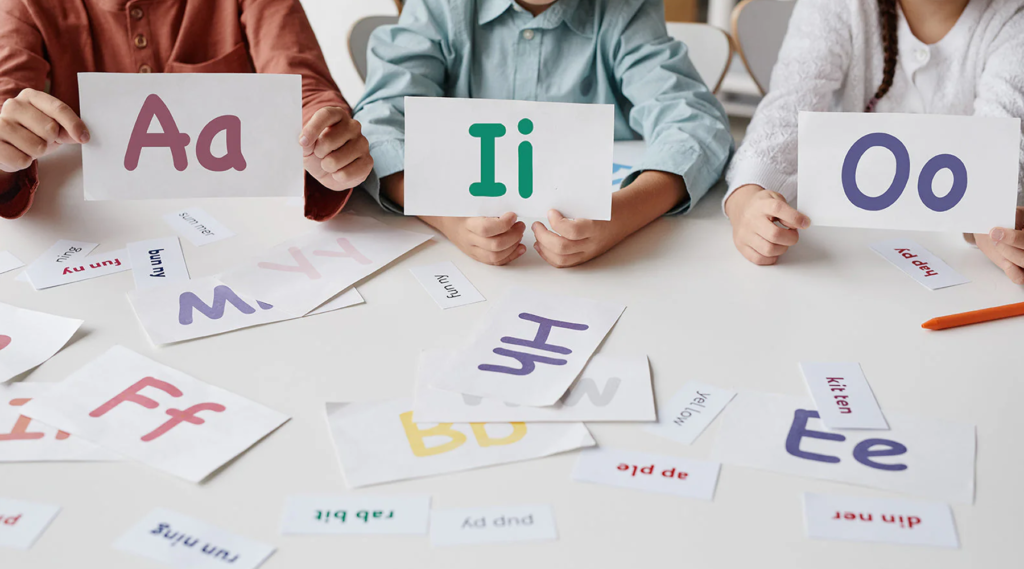
Teach Word Families for CVC Words
The most effective way to teach short vowels is through CVC (consonant-vowel-consonant) word families. These are simple words like cat, bed, pin, hot, and cup that give children practice hearing the vowel in the middle. These short vowel sounds help establish phonemic awareness and build a child’s decoding skills.
Group CVC words by their middle vowel and present them in sets. For instance, use a basket of short words: bat, mat, hat, sat. These word families help children hear patterns, and the consistency gives them a feeling of success. Later, contrast those same patterns with their long vowel counterparts: mate, rate, late, gate.
You can even create classroom centers where children can sort cards by vowel sounds, play memory games, or build words using magnetic letters. These hands-on materials support long vs short vowels by creating visual, auditory, and tactile associations.
Use Props and Visual Aids
Children thrive when they can connect sound to an object. That’s why we use props and visuals to teach long vs short vowels. For example, when teaching short /i/, I might show a picture of a “fish,” and for long /i/, I’ll use “ice.” Matching images to words helps anchor the concept.
You can create a two-column chart for each vowel. On the left, place images and words with the short vowel sound (e.g., igloo, insect), and on the right, place words with the long vowel sound (e.g., ice, island). Displaying these visuals in a prominent place helps children revisit the concepts passively throughout the day.
Using Props in Storytelling
Take this a step further by incorporating the props into mini-stories. For example, “This is Sam. He had a cap. Then he found a magical cape.” By turning short and long vowel words into characters or objects in a story, children can remember the differences more naturally.
Transformez votre salle de classe avec des solutions de mobilier personnalisées
Teach the Silent /e/ Rule
One of the simplest and most reliable spelling patterns to teach long vowels is the silent /e/ rule. This explains why kit becomes kite and mad becomes made. The silent e at the end makes the previous vowel long.
Children often find this concept magical—”The e at the end gives the vowel its name!” Use word-building exercises where kids physically add or remove the e using letter tiles or cards. This hands-on method reinforces both phonics and spelling.
We also recommend storytelling to help solidify this concept: “The silent e is quiet, but powerful. It makes the vowel shout its name!” These kinds of imaginative explanations stick with children far better than abstract grammar rules.

Use Diacritical Marks
In advanced phonics instruction or with older preschoolers, some teachers introduce diacritical marks—symbols like the macron (¯) for long vowels and the breve (˘) for short vowels. For example, ā for long a, and ă for short a.
This method is less common in early childhood but useful for children who are ready for a visual representation of sound rules. It also aligns well with decoding multisyllabic words later on. Still, we advise only using these marks with children who have a strong foundation in phonemic awareness and are comfortable with basic word structures.
Use Movement and Gestures
Children remember more when their bodies are involved. One powerful way to reinforce long vs short vowels is through gestures and movement. For instance, when saying a long vowel, stretch your arms out wide; when saying a short vowel, make a chopping motion. This physical differentiation makes abstract concepts concrete.
You can also create action songs or games: when students hear a long vowel, they jump; for a short vowel, they crouch. These full-body learning experiences enhance memory retention and create joyful, high-energy learning moments.

Simple Questions To Help Kids Revise Short Vowel vs Long Vowel
In the following sentences, identify whether the vowel in bold is pronounced as short or long:
1) The ice cubes fell on the floor
2) Brijesh Mama made us all recite the National Anthem.
3) The cake is delicious!
4) Sheetal has won the championship.
5) Let’s try to change the tires on our own.
6) The pigs are covered in mud, which makes them harder to catch.
7) Can we go for our swim practice today?
8) The lights are strung across the hall.
9) You will need a code to open the safe.
10) I don’t know if I’m willing to pay such a huge amount of money.
Découvrez notre gamme complète de produits
Accédez à notre catalogue complet comprenant des meubles et des équipements de jeu de qualité supérieure pour les jardins d'enfants et les écoles.
Difference Between Long vs Short Vowels
| Aspect | Short Vowels | Long Vowels |
|---|---|---|
| Basic Definition | A vowel sound that is pronounced quickly and does not sound like the name of the letter. | A vowel sound that sounds exactly like the name of the vowel letter. |
| Sound Characteristics | Short, clipped, quick sounds. For example, a in cat, e in bed. | Clear, extended sounds. For example, a in cake, i in bike. |
| Examples of Words | cat, bed, pig, top, cup, hat, net, sit, hop, bug | cake, seed, bike, boat, cube, name, feet, time, rope, cute |
| Phonetic Rule | Typically appears in CVC (consonant-vowel-consonant) word patterns. | Often appears in CVCe patterns (silent e at the end) or vowel teams like ai, ee, oa, ue, ie. |
| Spelling Clues | No silent letters; the vowel is followed by one or more consonants. | Usually followed by a silent “e” or paired with another vowel to form a vowel team. |
| Teaching Order | Taught first in phonics instruction because it’s simpler and more consistent in pronunciation. | Taught after short vowels, once children have mastered basic sound blending and decoding. |
| Common Word Patterns | CVC (e.g., bat, bed, bin, pot, cut) | CVCe (e.g., bake, bike, rope) and vowel teams (e.g., rain, boat, seed, blue). |
| Reading Development Role | Builds early decoding and blending skills; helps children start reading with simple one-syllable words. | Expands vocabulary and supports advanced decoding, spelling rules, and multisyllabic word recognition. |
| Error Impact | Misreading a short vowel may lead to simple mispronunciations (e.g., bet instead of bat). | Misreading a long vowel often changes word meaning entirely, affecting comprehension (e.g., mad vs made, bit vs bite). |
| Visual Aids for Teaching | Use CVC word cards, sandpaper letters, short vowel picture charts, and vowel sorting games. | Use silent-e charts, vowel team posters, long vowel matching cards, and spelling pattern visuals. |
| Kinesthetic Teaching Methods | Basic level: introduced in early preschool and kindergarten (age 3–5). | Use gestures like stretching hands wide, pulling long strings, or stepping forward to show a longer sound. |
| Phonics Complexity Level | Basic level; introduced in early preschool and kindergarten (age 3–5). | Intermediate level; introduced after short vowels are mastered, typically in late kindergarten or early Grade 1. |
| Examples in Pairs | bit (short i) vs bite (long i); mad vs made; hop vs hope | Same as left, but with silent e or vowel pairs added to show the contrast in spelling and sound. |
| Use in Early Readers | Common in beginner books and phonics readers, focused on sound-letter correspondence. | More common in mid-level readers, where children are learning complex vowel combinations. |
| Montessori Approach | Taught using movable alphabets, phonetic objects, and sound games. Encourages sound exploration and tactile reinforcement. | Taught through word building, silent-e games, and vowel pair matching. Emphasis on pattern recognition and extended pronunciation. |
Top 5 Educational Toys That Help Preschoolers Master Long vs Short Vowels
Teaching long vs short vowels in preschool doesn’t have to feel like a phonics drill. In fact, with the right educational toys, children can explore vowel sounds naturally through play-based learning. Hands-on tools provide the sensory feedback, repetition, and language interaction that young minds need to grasp abstract language concepts. Below are five carefully selected toys we’ve seen used successfully in Montessori and Reggio-style environments to help children understand the difference between long vowel vs short vowel sounds.
Vowel Sorting Boxes

Vowel sorting boxes are a simple yet powerful toy. These usually include miniature objects representing words with short and long vowel sounds (e.g., hat, cake, fish, bike). Children physically sort each object into the correct category based on its vowel sound. This kinesthetic approach connects sound to meaning and enhances phonemic awareness.
Magnetic Word-Building Kits
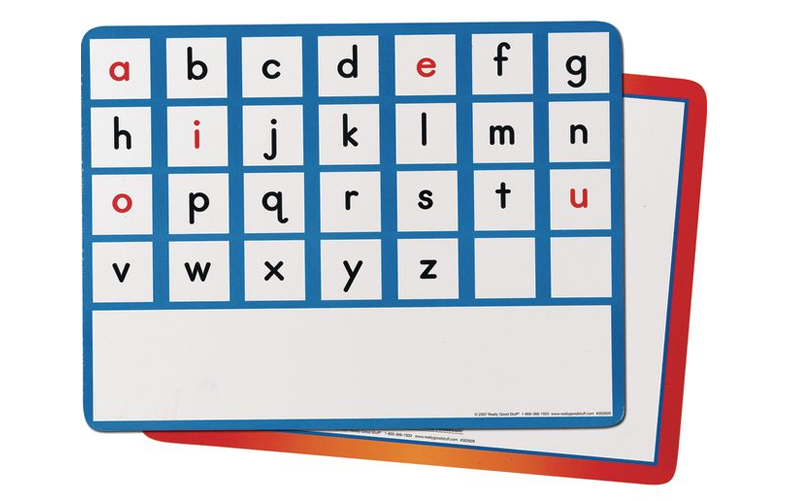
Magnetic letter boards or word-building kits allow children to create their own CVC and CVCe words. Teachers can introduce a short vowel word like hop, then have the child add a silent e to turn it into hope, illustrating how vowels change. These kits reinforce short vs long vowels with both visual and tactile cues, encouraging experimentation and pattern recognition.
Talking Alphabet Boards

Talking boards that sound out words phonetically are especially useful for auditory learners. Some models include modes for distinguishing short vs long vowels, helping children hear the contrast. Repeating vowel sounds through guided play supports memory retention and reinforces correct pronunciation.
Vowel Puzzles with Pictures
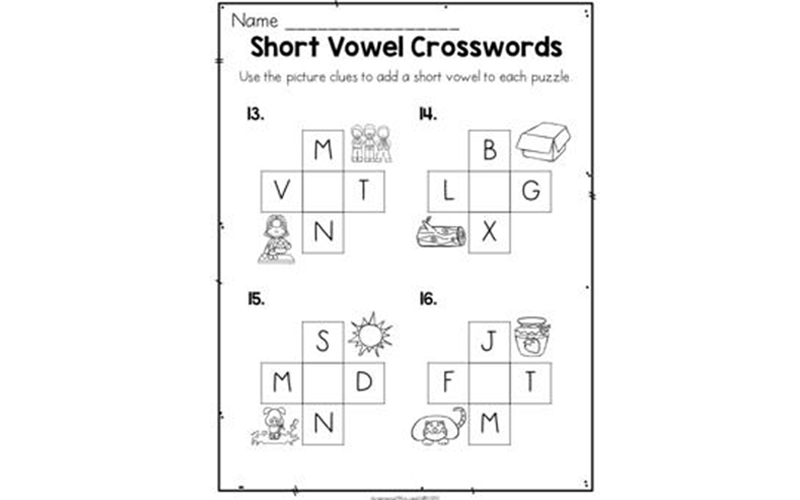
Puzzles that associate vowel sounds with matching images (like ice for long i or igloo for short i) are ideal for introducing vowel contrasts visually. When children complete a puzzle correctly, it helps reinforce vowel categorization and expands vocabulary along the way.
Story-Based Vowel Toys
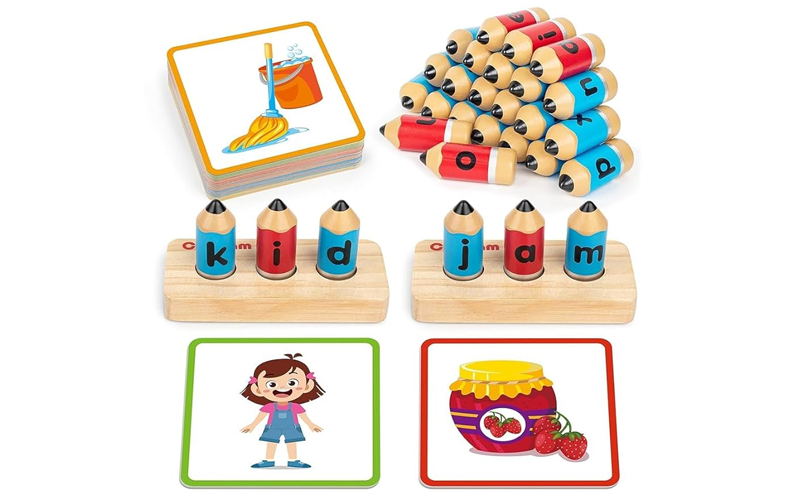
Some toy sets use storytelling to teach long vowel vs short vowel differences. For example, one character might wear a cap and another a cape, each representing a vowel variant. These narrative-based toys allow children to contextualize sounds and meanings in a playful setting.
Découvrez notre gamme complète de produits
Accédez à notre catalogue complet comprenant des meubles et des équipements de jeu de qualité supérieure pour les jardins d'enfants et les écoles.
Challenges with Transitioning from Short Vowels to Long Vowels
When children begin learning to read, they typically start with short vowel sounds in simple CVC (consonant-vowel-consonant) words like bat, pet, sit, hop, and cup. These short, distinct vowel sounds form the foundation for early decoding and phonemic awareness. However, as children grow in their reading ability, they eventually encounter more complex words that contain long vowel sounds. The transition from short vs long vowels is not always smooth, and many preschoolers struggle with this important shift in early literacy.
The reason this transition can be difficult is that long vowel sounds often require children to process not only sounds but also more advanced spelling patterns. While short vowels typically follow predictable one-syllable CVC structures, long vowels appear in various patterns like CVCe (silent e), vowel teams (e.g., ea, ai, oa), or even open syllables. This increased complexity requires a deeper level of phonological and orthographic understanding—something many children haven’t yet developed fully.
Focus on Sounds Before Spelling
One of the most effective strategies to address this challenge is to focus on sound recognition first, rather than jumping directly into spelling. Children must be able to hear and distinguish the difference between mad and made, or hop and hope, before they are expected to spell or decode those words independently. The auditory distinction between long vs short vowel sounds needs to be practiced in isolation and real-world contexts using engaging methods such as vowel sorting games, oral repetition, or sound matching activities.
It’s also helpful to introduce physical or visual associations with each sound. Many teachers use gestures—like stretching out hands for long vowels and tapping the table for short vowels—to reinforce the concept through movement. These kinesthetic cues help students internalize the vowel differences in a way that feels natural and memorable.

Build on Students’ Existing Sight Word Knowledge with Long Vowel Words
Another powerful strategy is to link new long vowel learning to words students already know. Many high-frequency sight words—like he, she, go, me, like, and make—contain long vowel sounds. Children are often familiar with these words from early reading books or classroom word walls. These known words can serve as anchor points to teach the rules behind long vowels.
For example, comparing me to met, or go to got, helps highlight the vowel change. Children quickly see that one small change—often a silent e or a vowel combination—affects both pronunciation and meaning. This contrast deepens their understanding of long vs short vowels relationships and empowers them to apply this knowledge to new words in their reading and writing.
Introducing spelling rules gradually, starting with silent e and then moving on to common vowel teams, gives learners the time and space to practice. This step-by-step method allows them to master the concept instead of feeling overwhelmed by rules they can’t yet hear or apply.
In summary, the shift from long vs short vowels is one of the most important yet challenging stages in early literacy. But with careful planning, sound-first instruction, and meaningful connections to prior knowledge, children can make this transition smoothly and confidently.
Preschoolers frequently compare short vowel words and long vowel words.
Preschoolers are naturally curious about sounds, and one of the most important distinctions they begin to notice is the difference between long vs short vowels. At this stage of language development, children often compare words like cap and cape, or hop and hope, without yet knowing the formal rules behind these variations. Their exposure to both forms helps them hear how vowel sounds shift and understand that even a single letter—like a silent e—can completely change the pronunciation and meaning of a word.
Classroom activities that highlight long vs short vowels make this concept more concrete. Picture sorting games, word ladders, and sound-matching exercises allow young learners to engage actively with vowel sounds. Montessori-based environments often use tactile materials like sandpaper letters or vowel object boxes to deepen this learning through multisensory engagement. As children touch, hear, and see vowel patterns, they begin to understand the role that vowels play in constructing meaning.
Consistent comparison of long vs short vowels not only improves reading skills but also supports clearer speech. When children can distinguish vowel sounds accurately, their pronunciation becomes more precise, which helps them communicate effectively. This is especially valuable in classrooms with bilingual learners or children still developing articulation. The ability to hear and produce both long vs short vowels confidently lays the groundwork for more advanced literacy skills in the years ahead.
In summary, giving preschoolers repeated exposure to long vs short vowels through structured and playful learning experiences is essential. These comparisons help children understand sound patterns, strengthen decoding abilities, and increase overall reading fluency. With the right tools and guidance, preschoolers can master this important distinction early in their literacy journey.

The Parents’ Role in Reinforcing Long vs Short Vowels
While teachers introduce and structure phonics lessons in the classroom, parents play a vital role in reinforcing long vs short vowels at home. The consistency between school and home practice is often the key to helping children master this foundational concept in early literacy. Parents don’t need to be trained educators to make an impact. Through simple, intentional daily activities, they can build their child’s ability to hear, distinguish, and use long vs short vowels confidently in reading and speech.
Reading Aloud with Intentional Emphasis
One of the most powerful tools parents have is their voice. Reading aloud daily, even for just 10–15 minutes, creates valuable exposure to vowel sounds in context. When focusing on long vs short vowels, parents should read slowly and exaggerate the target vowel sounds. For example, while reading a book that includes the word “bike,” they can pause and emphasize the long /i/ sound. Similarly, when encountering “bit,” they can shorten the vowel sound and repeat it to reinforce the contrast.
To go a step further, parents can ask questions like, “Did you hear the ‘i’ in bike? That’s a long vowel. What do you think it sounds like?” These mini-conversations help children start noticing vowel patterns without formal instruction. Over time, this consistent exposure supports natural recognition of long vs short vowels, both visually and aurally.
Practicing Words in Daily Routines
Children thrive when learning is embedded into their everyday environment. Parents can easily practice long vs short vowels during normal routines—while preparing meals, getting dressed, or even driving. For example, while pouring juice, a parent might say, “We’re making a cake. What sound do you hear in cake? Is that the same as cat?” These spontaneous prompts engage children without pressure and reinforce learning through real-life associations.
Using objects around the house is another effective strategy. Find short vowel items like cup, pan, or dog, and long vowel items like rope, cake, or bike, and practice saying them aloud. This not only builds vocabulary but also strengthens sound categorization and awareness.
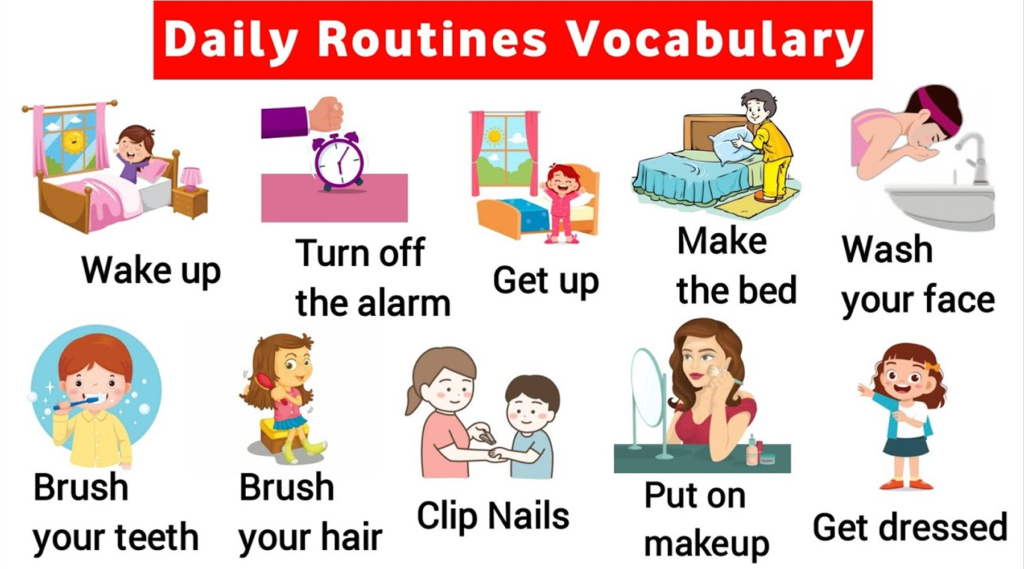
Simple Home Games (Bake vs Back, Ride vs Rid)
Games don’t need to be complicated or expensive to be effective. One popular game is the “Word Switch” game. The parent says a short vowel word like cap, and the child adds an imaginary silent e to make cape. Or vice versa: the parent says ride, and the child drops the e to get rid. This playful back-and-forth reinforces how spelling affects pronunciation and meaning, core principles behind long vs short vowels.
Other game ideas include matching cards (one set of short vowel words, one set of long vowel counterparts), or using refrigerator magnets to build pairs like hop and hope, bit and bite, mad and made. Children love the tactile engagement, and it helps them see the structure of words while practicing vowel sounds.
Sharing Classroom Vocabulary for Practice at Home
Communication between parents and teachers can significantly boost a child’s progress in mastering long vs short vowels. When teachers send home weekly word lists, phonics patterns, or reading assignments, parents should use that content as a guide. Reviewing the same words the child is working on in class reinforces the consistency between learning environments.
Parents can even create mini word walls at home or put new vowel words on sticky notes around the house. Repetition, visibility, and variety all contribute to helping children internalize the sound differences. The more they hear, say, and read vowel-based words in different settings, the more confident they become in applying the concept independently.
Découvrez notre gamme complète de produits
Accédez à notre catalogue complet comprenant des meubles et des équipements de jeu de qualité supérieure pour les jardins d'enfants et les écoles.
FAQ
1: At what age can most children accurately distinguish long vs short vowels?
Most children begin to distinguish long vs short vowels around ages 5 to 6, after developing strong phonemic awareness with short vowel sounds. However, the ability to consistently apply vowel rules often emerges later, during the first stages of reading and writing fluency. Early exposure through play and sound games can accelerate this recognition.
2: What are the common mistakes children make when learning long vs short vowels?
A common mistake is overgeneralization. For example, children may assume all vowels followed by an “e” are long or that every vowel team always produces a long sound. Another frequent error is confusing vowel length with word length. Clear, consistent instruction and visual examples help prevent these misunderstandings in long vs short vowels lessons.
3: Should I teach all long vowels at once or one at a time?
It’s best to teach long vs short vowels one at a time, beginning with the short vowel sounds in CVC words. Once those are secure, introduce one long vowel at a time using consistent patterns (like CVCe) before moving on to vowel teams. This avoids overwhelming children and ensures deeper mastery of each sound.
4: How can I reinforce long vs short vowels at home without worksheets?
You can reinforce long vs short vowels at home using real-life activities. Try vowel scavenger hunts, storytelling games that emphasize vowel contrast, or making word pairs with refrigerator magnets. Cooking, shopping, and reading aloud all offer natural ways to practice hearing and using vowel sounds in context.
5: Are there specific Montessori materials designed to teach long vs short vowels?
Yes. Montessori classrooms often use vowel object boxes, movable alphabets, and phonetic reading cards that are specifically structured to highlight long vs short vowels. These materials encourage tactile and visual engagement, helping preschoolers discover vowel sound rules through self-correction and hands-on practice.
6: How long does it usually take for preschoolers to master long vs short vowels?
Mastery varies, but with regular exposure, most children begin to apply long vs short vowel distinctions independently after several months of consistent practice. Progress is faster in environments that offer multisensory learning, repetition, and gradual introduction of spelling rules tied to real reading experiences.
Conclusion
Understanding long vs short vowels is a foundational element of early childhood literacy that influences pronunciation, decoding, spelling, and reading fluency. From introducing short vowels through simple CVC patterns to gradually transitioning into long vowel sounds using silent e rules and vowel teams, every step plays a critical role in language development. Whether through educational toys, Montessori materials, or sound-focused activities, young learners thrive when they explore these vowel distinctions in meaningful, multisensory ways. By carefully sequencing instruction, reinforcing sound recognition before spelling, and connecting to familiar sight words, educators and parents can help preschoolers master the long vs short vowels relationship with confidence. Done right, this early phonics foundation empowers children to read with accuracy, fluency, and joy.



